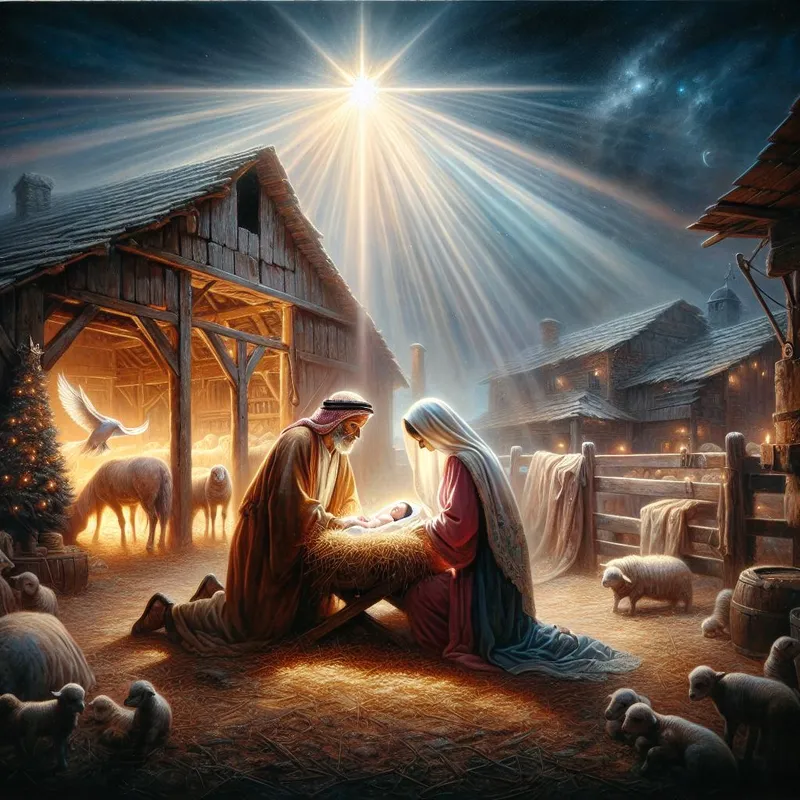
'The Miraculous Birth of Jesus: Unveiling the Divine Arrival'
Posted on 06 September 2024
Jesus' Birth
The accounts of Jesus' birth are found in the gospels of Matthew and Luke. While some claim that these accounts contradict each other, a closer examination reveals that they can be reconciled into a comprehensive whole. Both Matthew and Luke agree on certain details: Jesus was born of a virgin, Mary and Joseph lived in Nazareth, Jesus was born in Bethlehem, and after his birth, Mary and Joseph returned to Nazareth.
Matthew's account includes the story of the magi from the East visiting Jesus, while Luke focuses on Mary and other individuals such as Elizabeth, Zacharias, the shepherds, Simeon, and Anna who praised God for the Incarnation. The unique details provided by each writer do not contradict each other but rather complement each other's narratives.
Some critics point to the apparent contradiction between Luke 2:39 and Matthew 2:21-23. Luke states that Joseph and Mary returned to Galilee after fulfilling the requirements of the Law, while Matthew mentions their return to Nazareth after fleeing to Egypt. However, it is important to note that silence does not equal denial. Luke's omission of the flight to Egypt does not mean it did not happen. Similarly, Matthew's omission of the shepherds does not mean they were not present.
To reconcile these narratives, we can consider placing the flight to Egypt after Jesus' appearance in the temple. This assumes that Joseph and Mary remained in Bethlehem after Jesus' birth and had a place to stay. Luke 2:39 does not specify how much time elapsed before Joseph and Mary settled in Nazareth. By placing the flight to Egypt in the middle of Luke 2:39, we can create a workable chronology.
Another supposed contradiction is found in the genealogies associated with Jesus' birth. Matthew 1:16 states that Joseph's father was Jacob, while Luke 3:23 states that Joseph's father was Heli. The best explanation for this is that Luke is recording Mary's genealogy, while Matthew is recording Joseph's. Joseph is referred to as the "son of Heli" due to his marriage to Heli's daughter, Mary.
The gospels were written by different authors for unique audiences, but they were inspired by the Holy Spirit, ensuring their accuracy. While there are differences in the narratives, they can all be harmonized. The accounts of Jesus' birth found in Matthew and Luke are not contradictory but complementary.
Why This Matters
Understanding the details of Jesus' birth helps us appreciate the fulfillment of Old Testament prophecies and the miraculous nature of his incarnation. It also demonstrates the reliability of the biblical accounts and the harmony between different parts of Scripture. Recognizing these harmonies strengthens our faith and deepens our understanding of God's plan of redemption through Jesus Christ.
Think About It
- How does recognizing the complementary nature of Matthew and Luke's accounts enhance your understanding of Jesus' birth?
- What does it mean for you personally that Jesus was born of a virgin?
- How does the fulfillment of Old Testament prophecies in Jesus' birth strengthen your confidence in the truth of Scripture?
- Reflect on the importance of Joseph's role in protecting and providing for Jesus during his early years.
- Consider the significance of the shepherds and the magi as witnesses to Jesus' birth.
